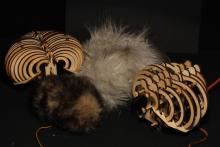Affective Haptics Applications
At SPIN, we are designing to apply affective haptic technologies in practice for applications such as facilitating emotion regulation, supporting synchronization during remote work, and many more.

At SPIN, we are designing to apply affective haptic technologies in practice for applications such as facilitating emotion regulation, supporting synchronization during remote work, and many more.

Investigating the design process of expressive affective haptic robot behaviors
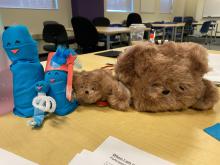
We investigate how multipass emotion labelling protocols generate ecologically valid dynamic emotion transition labelling of affective touch behaviour (and other modalities).
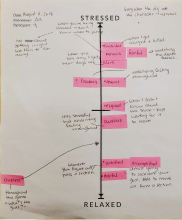
People describe vibrations using emotional descriptions. For example, signals can feel more or less "lively" than others. Can this language be used to stylize vibrations to feel more/less along certain emotional dimensions?

Voodle is an interface that uses vocal input to design haptic behaviour.
The CuddleBot allows us to use an animal model of therapy to examine how touch interactions influence stress and anxiety mitigation.
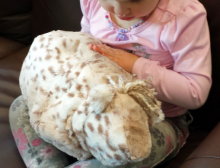
Crowdsourcing can gather rapid feedback at scale, but how do we crowdsource a haptic prototype? Haptic proxies are visualizations and simplified phone vibrations that can be used to represent high-fidelity haptics in studies conducted using Mechanical Turk.
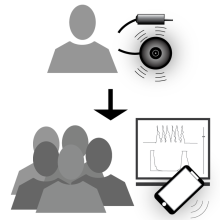
We develop machine learning models of affect using touch and biometrics (such as EEG signal, skin conductance, heart rate, etc) to support affective interaction with companion robots for health applications.

Our furry robots' breathing is innately calming. Can we use this therapeutically?
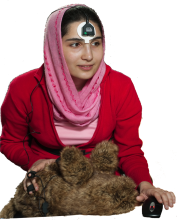
Bits are one-degree-of-freedom actuated sketches which we use as a design tool to explore rendering of emotion through physical and visual motion.
